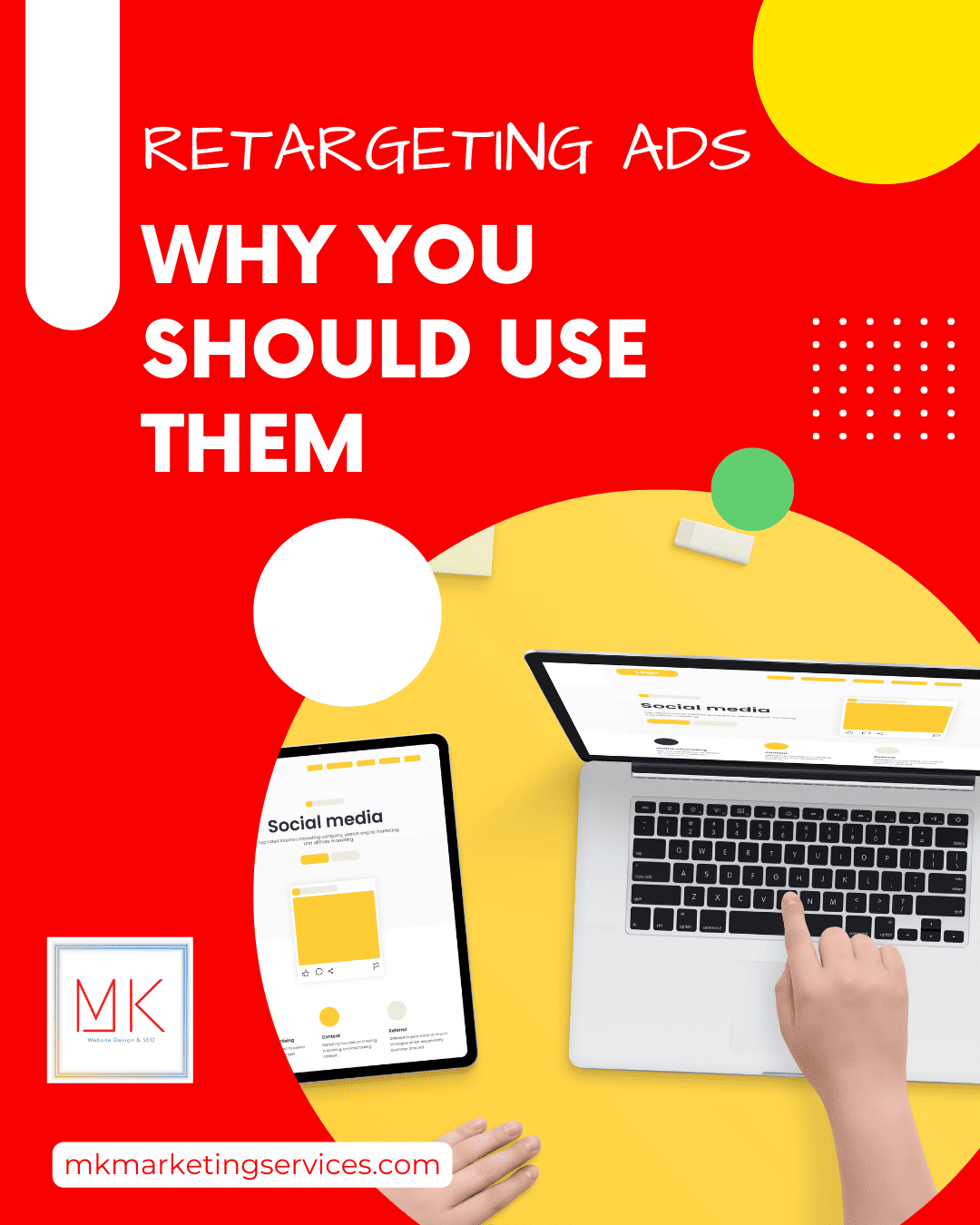Retargeting Ads—Why You Should Use Them
Internet users are constantly bombarded with information. Unfortunately, over the years, users’ attention span has continued to drop.
Very few are willing to spend more than a few seconds on a website if it doesn’t offer what they are searching for.
There are plenty of reasons why internet users will quickly leave a website.
Hard-to-use navigation, not finding the information they are searching for, or a less user-friendly checkout process are just some of the reasons why potential customers flee.
Don’t worry, though. Here come retargeting ads to save the day!
These allow you to reach out to your website visitors and prompt them back to either complete a purchase or interact more with your brand.
Through retargeting ads, businesses can solidify their business brand in the minds of customers.
Understanding retargeting ADS
What are retargeting ads?
These ads pop up when the user is browsing other sites ,but are designed to prompt the reader back to your website.
To use retargeting ads, you will need to add a pixel to your website.
This is a small code that will study the site visitors and their behavior.
It picks information on the pages visited, product views, and whether or not they finished checking out.
Why retargeting ads are crucial
Retargeting and getting previous site visitors back on your site will increase brand awareness and improve sales.
Retargeting ads are a great way to reclaim leads. Some of the main benefits include:
1. Brand awareness
Customers are more likely to buy products from a business that they have interacted with more than once as compared to one they are not familiar with.
This is the essence of brand reinforcement.
Often, online shoppers will search for products and browse through the different options but are not yet ready to buy.
When they are finally ready to buy, the brand they are most familiar with will come to mind first.
2. Building relationships
Retargeting ads are not just for return site visitors. They are also a great strategy to win over first-time site visitors.
Online shoppers are often distracted. They could be watching a movie and using their phones, or they could be having a lunch break at work and happened to click through your website.
Very often, such site visitors will leave your website without any recollection whatsoever.
This is where retargeting ads come in. Your site visitor may see your brand, for instance, the next time they visit YouTube or Facebook.
What this does is it helps familiarize them with your brand.
The next time they need your type of product or service, they will think about your brand first.
3. Cross-selling
Retargeting ads can also act as a great cross-selling tool. For example, let’s say a customer buys a pair of shoes.
You can also use retargeting ads to sell related products, such as a shoe cleaning kit.
If for instance, they buy a dress or an outfit, you can then resell a handbag to go with it or even a nice pair of matching shoes.
The idea is to remarket related products to a customer who has already bought a product from you and thus trusts your brand.
This makes it easy for the customer to buy a second time.
Final word
Customers are more likely to buy products from brands that they are familiar with.
So to answer the question “Does retargeting work?”, the short answer is- Hell yeah, it does.
Through retargeting ads, customers have your businesses in mind and will visit your store and make purchases when they are ready to buy.
It’s simple psychology. Use it!













